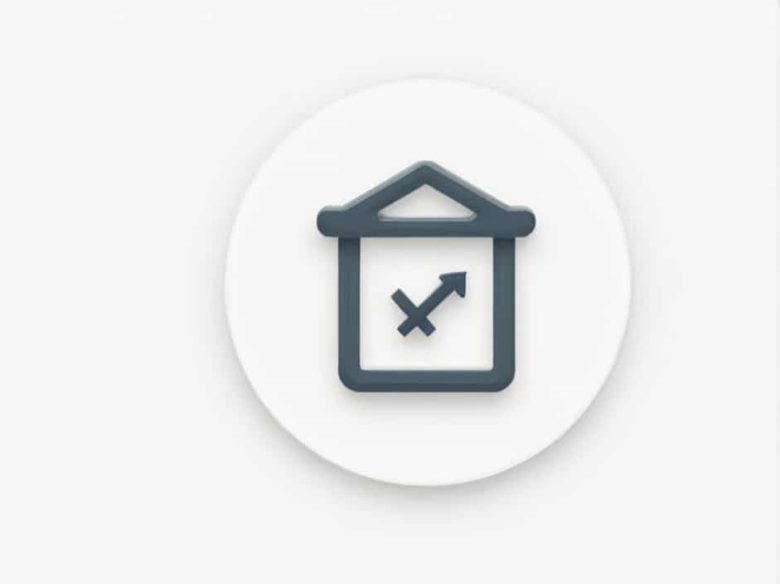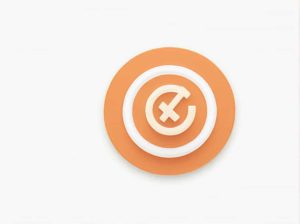A profit-sharing plan rollover to an IRA allows employees to move funds from an employer-sponsored retirement plan into an Individual Retirement Account (IRA). This transfer helps maintain tax advantages while giving individuals more control over their retirement savings.
This guide explains how a profit-sharing plan rollover to an IRA works its benefits tax implications and the step-by-step process to ensure a smooth transition.
1. What Is a Profit-Sharing Plan?
A profit-sharing plan is a type of retirement plan where employers contribute a portion of company profits to employees’ retirement accounts. Contributions are discretionary meaning the employer decides how much to contribute each year.
Key Features of a Profit-Sharing Plan
- Contributions are made by the employer not the employee.
- Funds grow tax-deferred until withdrawal.
- Employees may have different vesting schedules based on company rules.
- Money can be rolled over into an IRA upon leaving the company or retirement.
2. Why Roll Over a Profit-Sharing Plan to an IRA?
When leaving a job retiring or looking for better investment options rolling over a profit-sharing plan into an IRA is a strategic financial move.
Benefits of Rolling Over to an IRA
✔ More Investment Options – IRAs offer a wider range of investment choices including stocks bonds ETFs and mutual funds.
✔ Lower Fees – Many employer-sponsored plans have high administrative fees while IRAs often provide lower-cost investment options.
✔ Better Control – IRA holders can manage their accounts without employer restrictions.
✔ Tax Benefits – Rollovers preserve the tax-deferred status of funds preventing immediate taxation.
✔ Estate Planning Flexibility – IRAs provide more inheritance and beneficiary options compared to employer plans.
3. Types of IRAs for Rollover
When rolling over a profit-sharing plan there are two primary IRA options:
a) Traditional IRA
- Funds remain tax-deferred.
- Taxes apply only when withdrawing money in retirement.
- Ideal for those who expect to be in a lower tax bracket during retirement.
b) Roth IRA
- Contributions are made with after-tax dollars.
- Qualified withdrawals are tax-free.
- Suitable for individuals who expect to be in a higher tax bracket in retirement.
Note: A rollover from a profit-sharing plan to a Roth IRA is considered a conversion meaning taxes must be paid on the transferred amount.
4. How to Roll Over a Profit-Sharing Plan to an IRA
The rollover process is simple but requires careful steps to avoid tax penalties.
Step 1: Choose an IRA Provider
Select a brokerage firm bank or financial institution that offers IRA accounts. Consider investment options fees and customer service.
Step 2: Decide on a Direct or Indirect Rollover
- Direct Rollover: Funds are transferred directly from the profit-sharing plan to the IRA without the account holder touching the money. This method avoids tax withholding and penalties.
- Indirect Rollover: The account holder receives a check for the funds and must deposit them into an IRA within 60 days to avoid taxes and penalties. The employer withholds 20% for taxes which must be reimbursed from personal funds when completing the rollover.
Step 3: Complete the Necessary Forms
Contact your profit-sharing plan administrator to request a rollover. They will provide forms to facilitate the transfer.
Step 4: Verify the Transfer
Ensure the funds are deposited into the IRA correctly and monitor investment performance.
5. Tax Implications of a Profit-Sharing Plan Rollover
a) Avoiding Taxes and Penalties
A direct rollover to a Traditional IRA prevents immediate taxation. However rolling into a Roth IRA means paying income taxes on the transferred amount.
b) Early Withdrawal Penalties
If you withdraw funds before age 59½ you may face a 10% early withdrawal penalty unless you meet an exception.
c) Required Minimum Distributions (RMDs)
- Traditional IRAs require RMDs starting at age 73.
- Roth IRAs have no RMDs making them attractive for estate planning.
6. Common Mistakes to Avoid
✔ Choosing an Indirect Rollover Unnecessarily – Always opt for a direct rollover to avoid tax withholdings.
✔ Missing the 60-Day Deadline – Indirect rollovers must be completed within 60 days or the funds may become taxable.
✔ Forgetting to Reimburse Withheld Taxes – If using an indirect rollover the employer withholds 20% for taxes which must be replaced to complete the full transfer.
✔ Rolling Over to the Wrong Type of IRA – Understand the tax implications before choosing Traditional vs. Roth IRA.
7. Frequently Asked Questions (FAQs)
a) Can I roll over my profit-sharing plan while still employed?
Some plans allow in-service rollovers but most require leaving the company first. Check with your plan administrator.
b) How long does a rollover take?
A direct rollover usually takes 5-10 business days while an indirect rollover depends on how quickly the funds are deposited into the IRA.
c) Can I roll over a portion of my profit-sharing plan?
Yes you can roll over part of the funds while keeping the rest in the employer’s plan.
d) What happens if I don’t roll over the funds?
If you take a lump-sum distribution and do not reinvest in an IRA you may face income taxes and penalties.
A profit-sharing plan rollover to an IRA is a great way to maintain tax benefits access better investment options and gain financial control over retirement savings. Choosing between a Traditional or Roth IRA selecting a direct rollover and avoiding common mistakes ensures a smooth transfer.
Understanding the tax rules deadlines and investment opportunities will help you make the best decision for your retirement future.



